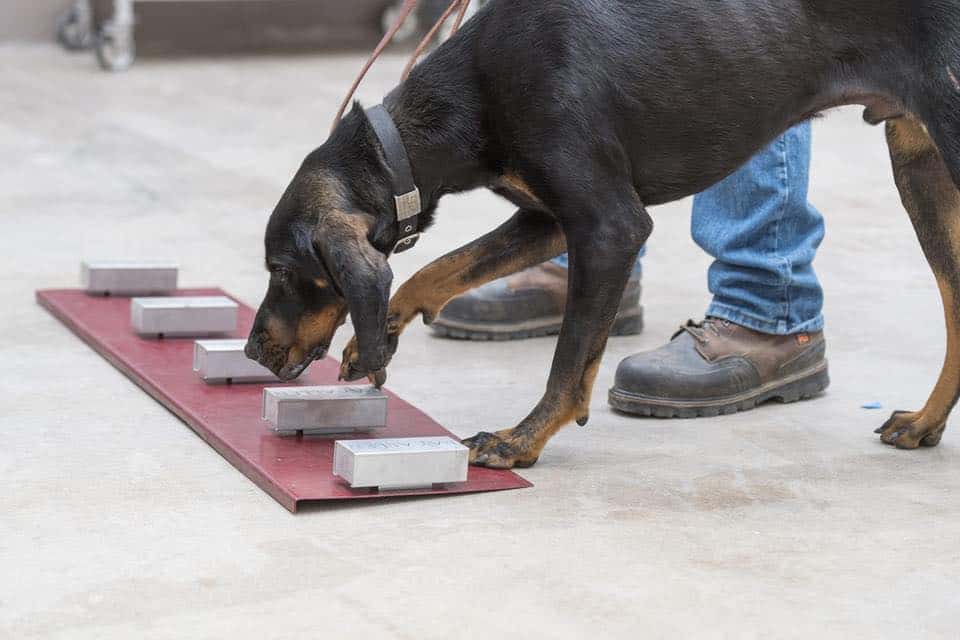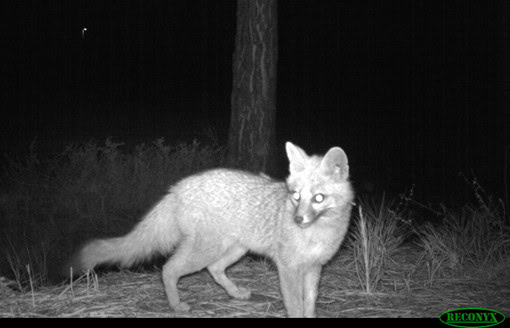Share this article
Wildlife Featured in this article
- Green and golden bell frog
- Eastern froglet
- Peron’s tree frog
Wild Cam: Frog saunas may ward off chytrid disease
A simple brick and greenhouse setup helps Australian amphibians ward off and build resistance to deadly disease
Frogs fighting the looming death from chytrid fungus are finding some success at recovery spas.
These so-called “saunas”—stacked bricks inside a greenhouse placed by the sides of ponds—help frogs boost their temperature above the lower level where chytrid thrives. Evidence also shows that these simple structures help boost frog immunity to the deadly disease.
“You can think of these structures as little engines that crank out resistant frogs,” said Anthony Waddle, a postdoctoral scholar in conservation biology at Macquarie University in Australia.
The fungus Batrachochytrium dendrobatidis (Bd), which causes chytridiomycosis, or chytrid disease, has led to widespread extinctions and extirpations in amphibian species in the past few decades. The fungus is thought to have originated on the Korean peninsula but has spread to almost every continent in the world, other than Antarctica. Bd spores break down frogs’ natural defenses and spread all over their bodies. The effect is devastating, disrupting the way amphibians breathe through their skin. Most amphibians outside of the Korean Peninsula have not had generations to develop natural resistance to the fungus.
In Australia, Waddle said that six amphibian species have already gone extinct, while a few others are “on their way out.” The green and golden bell frog (Litoria aurea), seen calling in the video above, has declined by 90% in Australia. Many of these frogs die off in the winter, when their immune systems are weaker, but the chytrid fungus thrives.
“The pathogen likes cold weather, and the frogs do poorly against it in cold weather,” Waddle said.
He and his colleagues wondered how they could stymie these winter losses. They thought they might be able to help the frogs survive by boosting their temperature in the cold months, when they are most vulnerable. So they opened a frog sauna.

Greenhouse saunas
As described in a study published recently in Nature, Waddle and his colleagues built the sauna using a kind of greenhouse setup with masonry brick walls inside. Instead of placing the bricks the way they are usually stacked, they laid them on their sides so that the holes inside faced outward, as seen above. These small holes in this type of brick were the perfect size for adult green and golden bell frogs.

Inside 12 greenhouses, the researchers built identical mini-habitats with plants and water. They stacked bricks inside, 10-high, and painted them black, so they would absorb more heat from the sun. They put healthy frogs in four habitats as a control. They placed a mixture of infected and non-infected ones in the next eight habitats.
This setup creates a sauna-like condition inside. “It’s hot but humid, so they aren’t losing a ton of water,” Waddle said about the frogs.
The researchers put shade over half the habitats to create a lower temperature as a control. These were about 4.5 degrees Celsius cooler, on average, they found.

The team found that the warmer habitats were much better for fighting infection. “Frogs that had access to higher temperatures in unshaded structures reduced and cleared infections more rapidly than frogs in cooler, shaded structures,” Waddle said.

The researchers also investigated what happens to frogs that survive infections. In the laboratory, frogs that cleared an infection thanks to warmer temperatures were more resistant to future infections than frogs that had never been infected—even when subsequently exposed to chytrid in colder temperatures. In this way, the structures may provide a long-term benefit, since frogs that recover from chytrid typically develop resistance to the fungal disease, Waddle said.

Into the wild—and your backyard
Waddle’s team is now putting these setups near ponds around Sydney, where green and golden bell frogs are found. A gap under the sides of the greenhouses a few centimeters off the ground allows frogs to enter and leave. While this research is ongoing, Waddle said that they’ve seen four other species using them: two species of marsh frogs, the common eastern froglet (Crinia signifera), and Peron’s tree frog (L. peronii). There is also something of a hierarchy, with Peron’s tree frogs and green and golden bell frogs using the top bricks, while the marsh frogs occupy the lower ones on the brick wall, likely reflecting the different species’ relative abilities as climbers.
Waddle said that with some fine tuning, this system could likely be modified to favor other species. The Relict leopard frog (Lithobates onca) around Las Vegas, for example, has trouble with chytrid over winter and might benefit from a similar setup, while other species of leopard frogs like the federally threatened Chiricahua leopard frog (Rana chiricahuensis) may also benefit.

The setup is pretty inexpensive—you can buy the bricks from a hardware store. In fact, the manufacturers of the particular type that Waddle and his colleagues used in this study are now even marketing their bricks as frog saunas on their website.
These frogs do well in urban settings, so Waddle said that people who want to help can even put up these relatively cheap setups in their own yards. He’s even set up a how-to guide online.

This photo essay is part of an occasional series from The Wildlife Society featuring photos and video images of wildlife taken with camera traps and other equipment. Check out other entries in the series here. If you’re working on an interesting camera trap research project or one that has a series of good photos you’d like to share, email Josh at jlearn@wildlife.org.
Header Image: Green and golden bell frogs are declining in Australia due in part to the chytrid fungus. Credit: Terri Shine







